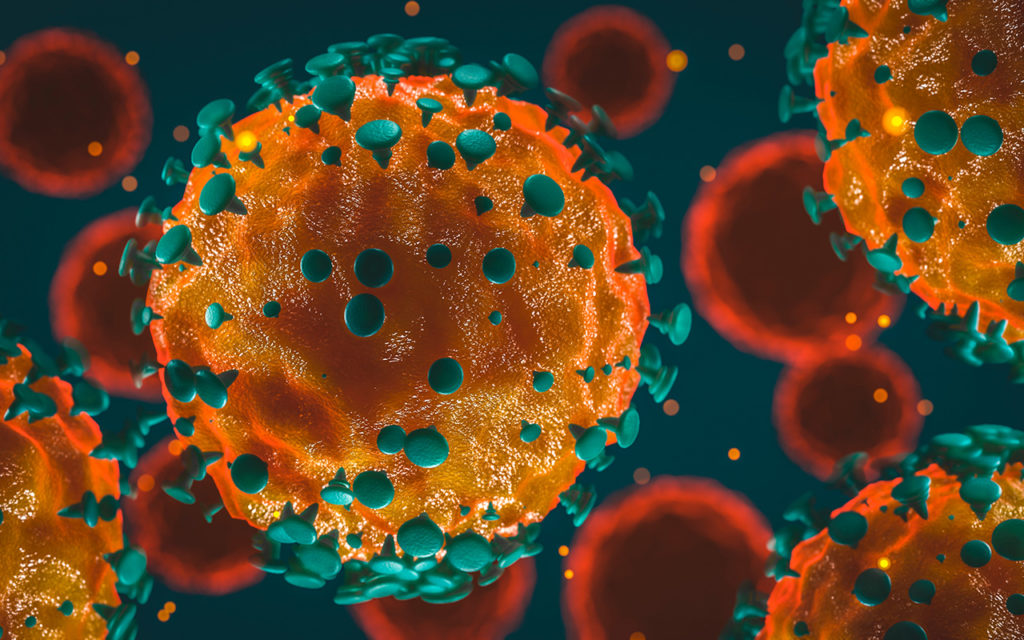Australian health care workers less willing to work since COVID-19 outbreak
Research from Edith Cowan University (ECU) has shed light on the emotional strain Australian doctors, nurses and paramedics have faced throughout the COVID-19 pandemic. ECU surveyed almost 600 frontline health care staff during Australia’s first wave of COVID-19 in 2020. During Australia’s first COVID-19 wave, three-quarters of respondents said they had wrestled with their obligation to work and the risk of infecting themselves and their families, with 42% reporting they were less willing to work than they had been before the outbreak. Primary concerns at the time were the availability of personal protective equipment, family member concerns and possible exposure to the virus. Although most respondents said it was acceptable for health care workers to face some level of risk of exposure to infectious diseases in their workplace, 35% said they disagreed such risk was acceptable. Only 26% of respondents claimed their workplace had issued communications addressing staff members’ obligation to work during Australia’s first wave. Many respondents were unhappy with their employer, while others expressed discontent with how the government was running the health sector. Some workers with pre-existing conditions – including pregnant women – reported feeling unsupported, while other concerns were raised over mental health, poor staff morale, and hostility from members of the community fearing health care workers were infected with COVID-19. The study was published in Disaster Medicine and Public Health Preparedness.
Possible cause of Alzheimer’s disease identified in mouse study
Curtin University-led research has discovered a possible cause of Alzheimer’s disease. The study, published in PLOS Biology, identified that a probable cause of Alzheimer’s disease was the leakage from blood into the brain of fat-carrying particles transporting toxic proteins. The hallmark feature of people living with Alzheimer’s disease is the progressive accumulation of toxic protein deposits within the brain called β-amyloid, but researchers did not know where the amyloid originated from, or why it deposited in the brain. Building on previous work that showed β-amyloid was made outside the brain with lipoproteins, the Curtin researchers tested the “blood-to-brain pathway” by genetically engineering mouse models to produce hepatocyte-specific human amyloid (HSHA). The study found that mouse models producing lipoprotein-amyloid in the liver had inflammation in the brain, accelerated brain cell death, and memory loss. The authors said that “this finding shows the abundance of these toxic protein deposits in the blood could potentially be addressed through a person’s diet and some drugs that could specifically target lipoprotein amyloid, therefore reducing their risk or slowing the progression of Alzheimer’s disease”.
MAIT cell activation may play role in fatal outcomes among severe COVID-19 cases
Researchers from the University of Oxford conducted a prospective observational study investigating the association of T cell and antibody responses with fatal outcome in severe COVID-19. They analysed serum samples from 41 mechanically ventilated patients with COVID-19, performing immunophenotyping of T cell responses and a range of experiments analysing antibody responses. They then compared their findings with a parallel set of 18 mechanically ventilated patients with influenza, as well as to 12 patients with mild COVID-19 and 12 healthy controls. The researchers found that fatal COVID-19 infections were correlated with poorly coordinated systemic immune responses, and elevated mucosal-associated invariant T (MAIT) cell activation were the strongest predictor of a fatal outcome. However, the study was limited in that it only analysed samples in a cross-sectional manner and did not observe how immune responses changed over the course of the infection. Future studies are needed to explain in depth how mortality-associated immune characteristics may develop over time. The study was published in PLOS Pathogens.
3D analysis of SARS-CoV-2 reveals clues on virus tactics
The most comprehensive analysis of the 3D structure of severe acute respiratory syndrome coronavirus 2 (SARS-CoV-2) to date has revealed new insight on how the virus infects human cells and replicates. Researchers from the Garvan Institute of Medical Research and CSIRO’s Data61 compiled more than 2000 different structures involving the coronavirus’s 27 proteins. These structural models can be freely accessed from the Aquaria-COVID Resource, a website designed by the team to help the research community “zoom in” on potential new targets on the virus for future treatments or vaccines, and crucially investigate new virus variants. The team’s analysis revealed three coronavirus proteins (NSP3, NSP13, and NSP16) that “mimicked” human proteins, which the researchers believe allows the virus to better hide from the human immune system and may contribute to the variation in COVID-19 outcomes. The modelling also revealed five coronavirus proteins (NSP1, NSP3, spike glycoprotein, envelope protein, and ORF9b protein) that the researchers say “hijack” or disrupt processes in human cells, thereby helping the virus take control, complete its life cycle and spread to other cells. They also found eight coronavirus proteins that self-assemble with each other — analysing how they assembled has provided new insights into how the virus replicates its genome. However, after accounting for overlaps, this still leaves 14 proteins the researchers think play key roles in infection but have no structural evidence of interaction with other viral or human proteins. The research was published in Molecular Systems Biology.

 more_vert
more_vert